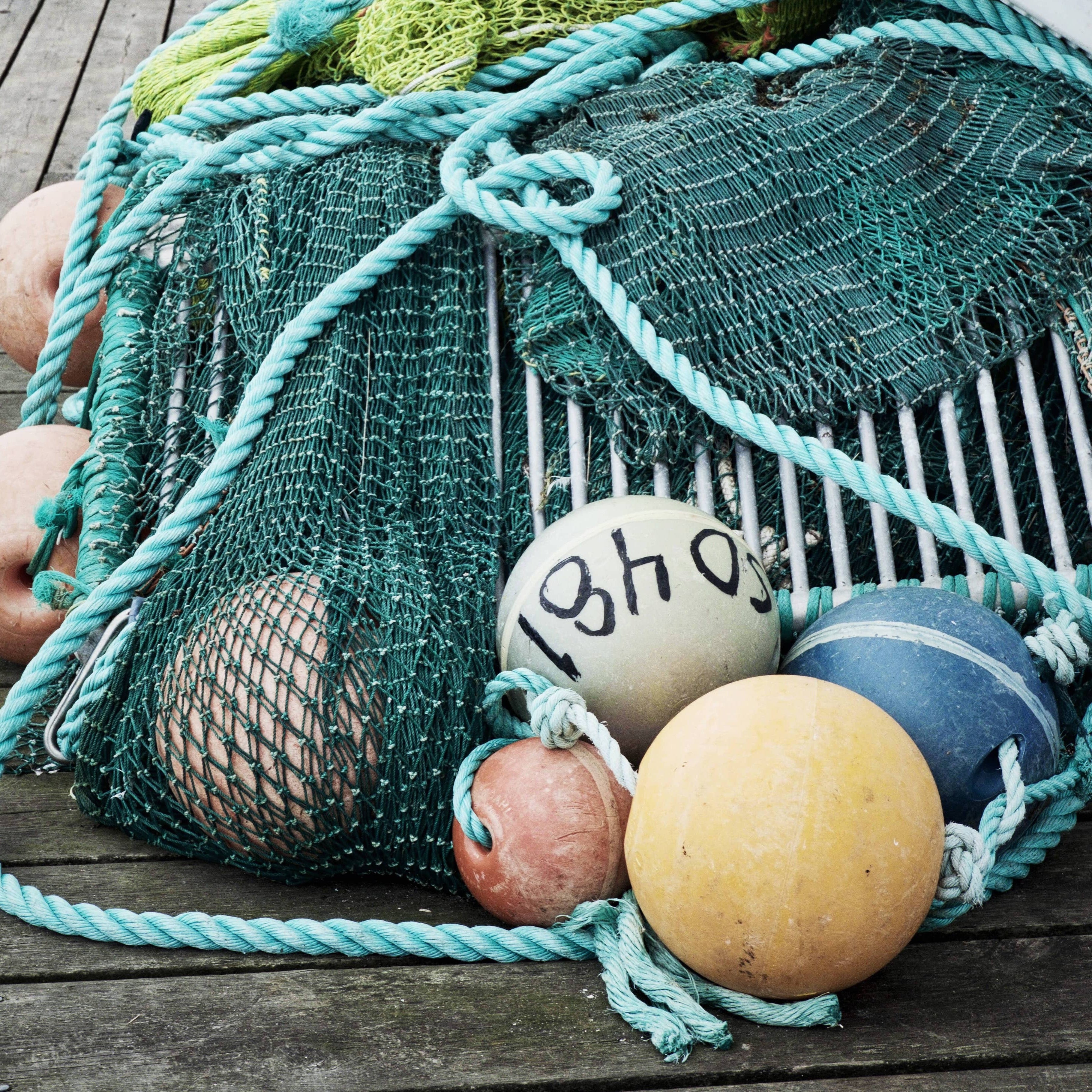The global fishing industry is staggeringly large. In 2016, fish production peaked at 171 million tonnes. This is equivalent to roughly one billion pounds of fish per day. To that end, roughly 260 million people work in marine fisheries alone. This represents about 3.5% of all jobs throughout the world. Not only is production high, the demand for fish keeps increasing. According to Reuters, as of 2018, “3.2 billion people rely on fish for almost 20 percent of their animal protein intake.” Needless to say, the worldwide fishing industry is important and is growing. But along with this growth comes a significant consequence: bycatch.
What Is Bycatch?
In the United States, there are several different authorities that define, govern, and regulate bycatch. Among these are the Endangered Species Act (ESA), the Magnuson-Stevens Fishery Conservation and Management Act (MSA), and the Marine Mammal Protection Act (MMPA). While each of these authorities defines bycatch differently, the term generally refers to marine species that are either discarded or killed as a result of direct encounters with fishing vessels and gear.

Types of Bycatch
On some level, bycatch is inherent to fishing operations. Non-target species will inevitably end up in fishermen’s nets. The reason that certain types of species are regarded as bycatch varies, though. These are four common types of bycatch:
- Fish that are unintentionally caught but still sold in markets with the intended species.
- Certain characteristics of a target fish species may cause fishermen to avoid bringing them to sale. These include undesirable sex or size.
- Some species of fish bycatch are protected and thus cannot be sold.
- Other non-fish marine animals may be caught as bycatch. Often these animals are either undesirable or protected, such as turtles, birds, and non-commercial crustaceans.
Additionally, ‘deliberate bycatch’ could be considered as a different category. This refers to the intentional take of rare or highly valuable protected species. Deliberate bycatch is a major source of illegal wildlife trade throughout the world.
Why Is Bycatch Bad?
We’ve covered the definition and different types of bycatch, but why is it a problem? Firstly, bycatch damages efforts to maintain populations of protected species. Under- or unreported numbers of bycatch that affect protected populations can impede recovery efforts.
Similarly, even non-protected species can be damaged by bycatch. In this instance, bycatch may hamper efforts to rebuild fish stocks in order to maintain healthy population numbers.

How to Reduce Bycatch Numbers
Although some level of bycatch will almost certainly be present, governments, agencies, and advocacy groups are actively taking steps to decrease both the levels of bycatch as well as the damage. Let’s take a look at several of these.
Equipment
The type of gear that is used to catch fish is an important variable in the bycatch equation. Depending on the specific target species, small changes in net design or hook shape and size can drastically reduce bycatch.
A good example of this concept is Turtle Excluder Devices (TEDs). For certain target species, bottom trawling is the most effective means of fishing. While this allows fishing vessels to take large volumes of fish, bottom trawling also tends to lead to large numbers of bycatch, especially turtles. TEDs prevent turtles from being trapped in the net, while still allowing the target species to be caught effectively.
Regulation
A variety of legal bodies, depending on the jurisdiction, have a hand in creating and enforcing laws that deal with bycatch. As mentioned previously, the Sustainable Fisheries Act (SFA) is one such law. The SFA specifically directs the Secretary of State to “seek to secure an international agreement to establish standards and measures for bycatch reduction.” While these laws in and of themselves do not lower levels of bycatch, proper enforcement of these regulations is key to establishing a foundation that can reduce bycatch.
Education
Generally, high levels of bycatch are undesirable to fishing operations. More bycatch either means more work to dispose of unwanted individuals or a less profitable take for the day. Therefore, there is already an economic incentive for fishermen to reduce their levels of bycatch.
Organizations such as OceanWatch Australia work to provide resources to fishermen to help curb bycatch. They, and other similar organizations, work directly with fishers, industry professionals, and researchers to develop and implement new technologies to reduce bycatch.

How to Avoid Supporting Bycatch
Where does the consumer enter the picture? It can be rather complicated for the average individual to understand how they can avoid supporting bycatch, but here are a few steps to start.
- Avoid fish with high rates of bycatch. According to the 2014 Oceana Report, several different species and groups of fish have bycatch rates of over 60%. They include snapper, grouper, halibut, shrimp (brown, pink, and white), swordfish, and thresher sharks. The worst offenders are those caught with trawling nets.
- To be clear, not all of the above species should be avoided, because they can be sustainably fished. Look for Marine Stewardship Council (MSC) certified fish and fisheries. MSC is committed to ensuring that a certified fishery is ‘well-managed and sustainable.’
- Identify whether your fish is coming from a known problem fishery. The World Wildlife Foundation maintains a set of resources to help you identify these.
- Opt for species and types of fish that have low rates of bycatch, like sardines.
- Try out new dishes at restaurants that serve bycatch on their menus!
When in doubt, ask! Your local seafood vendor should be able to inform you as to their supplier. This will provide a jumping-off point from which to base future seafood purchasing decisions.
Article written by Patrick O'Hare on March 12, 2020.


